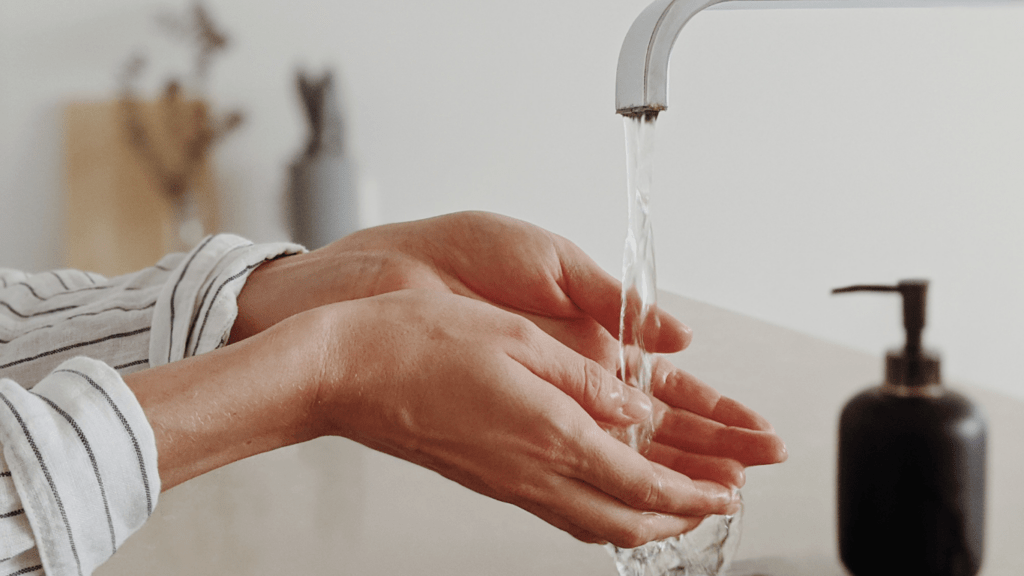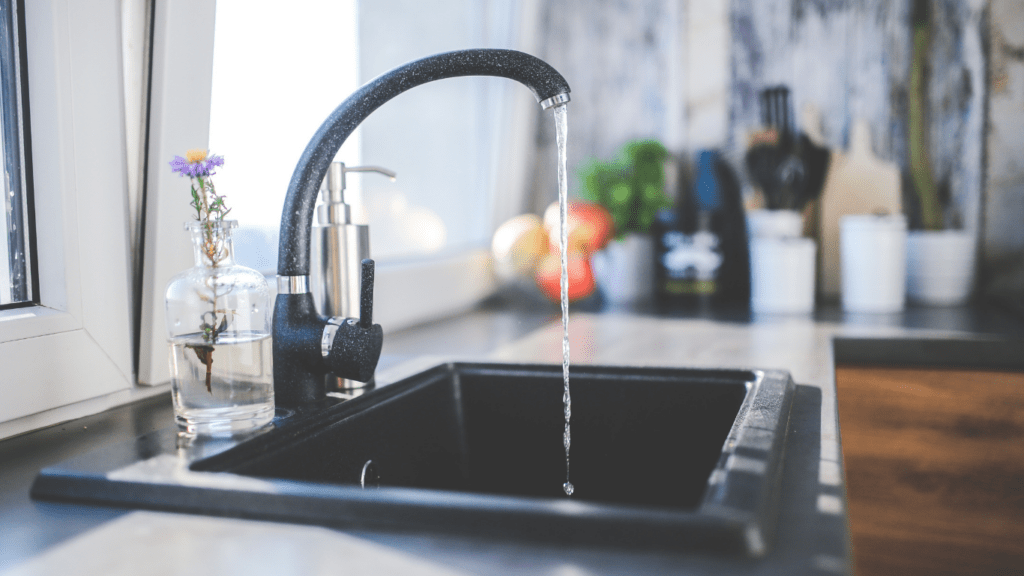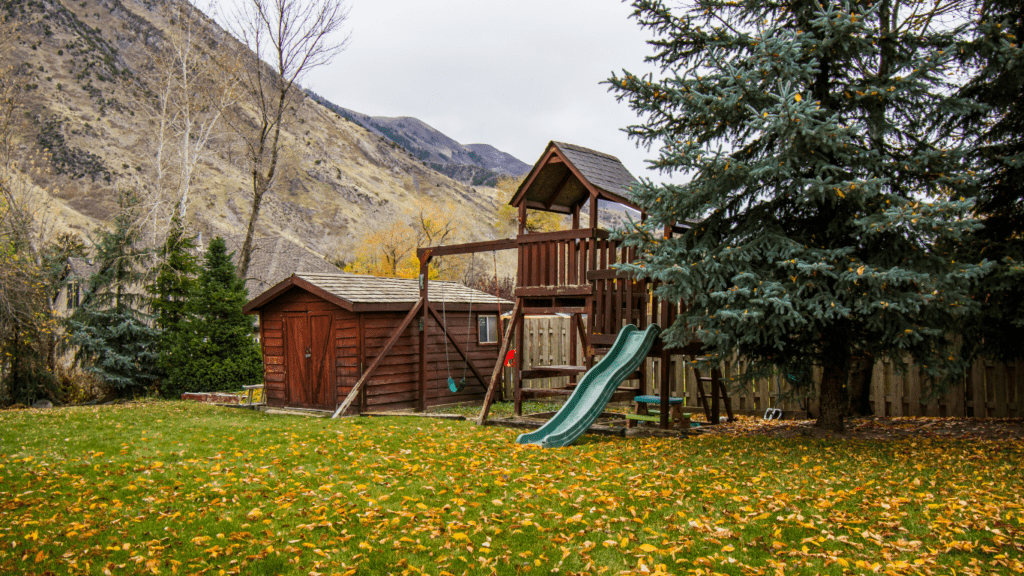Water safety at home is something we often take for granted, yet it’s crucial for protecting our loved ones. Whether it’s a relaxing bath, a fun-filled pool day, or even a simple water feature in the yard, the potential hazards are real.
I’ve seen firsthand how quickly accidents can happen, and understanding how to prevent them is key.
Water Safety at Home: Bathtubs, Pools, and Beyond
Water safety must remain a priority in my home, especially in bathtubs, pools, and other water features. Each area presents unique risks that require specific preventive actions.
Bathtub Safety
- Supervision: Always stay within arm’s reach of children during bath time.
- Non-Slip Mats: Place non-slip mats inside and outside the tub to prevent falls.
- Temperature Control: Set water heaters to a maximum of 120°F (49°C) to prevent scalding injuries.
- Drain Covers: Install drain covers to prevent entrapment hazards for kids.
Pool Safety
- Fencing: Secure pools with a fence that has a self-closing, self-latching gate. Fences should be at least 4 feet high.
- Life Jackets: Equip weak swimmers and children with U.S. Coast Guard-approved life jackets.
- Emergency Equipment: Keep rescue equipment, such as a life ring and reaching pole, accessible near the pool.
- Swimming Lessons: Enroll children in swimming lessons to improve their swimming skills and confidence.
Other Water Features
- Yard Water Features: Ensure that decorative ponds or water fountains have barriers to keep children safe.
- Hot Tubs: Supervise children and limit their time in hot tubs to prevent overheating.
- Water Toys: Store pool toys and floats away when not in use to discourage unsupervised access.
Implementing these measures creates a safer environment for my family. If I stay vigilant and proactive, I can effectively minimize the risks associated with water activities at home.
Understanding Water Hazards
Understanding water hazards is crucial for maintaining safety at home. Various water-related activities pose unique risks that require specific attention.
Common Risks in Bathtubs
Bathtubs present several hazards that can lead to accidents. Slips and falls rank as the primary concern, often caused by wet surfaces. I recommend placing non-slip mats inside and outside the tub to reduce this risk.
Drowning can even occur in as little as a few inches of water. Constant supervision of children during bath time is vital. Hot water poses another danger; I always check the temperature to prevent scalding injuries. Drain entrapment incidents can occur if drain covers aren’t installed, so ensuring that drain covers are in place is essential.
Pool Hazards to Consider
Pools carry distinct safety risks that require proactive measures. Drowning remains the leading hazard, often involving children. Securing pools with a four-foot high fence prevents unauthorized access.
I keep lifesaving equipment, like life jackets and rescue rings, nearby and easily accessible. Another risk stems from inadequate supervision; ensuring an adult is present during pool activities helps mitigate this. I prioritize enrolling children in swim lessons, as even basic swim skills can significantly reduce the risk of drowning.
Lastly, keeping the pool area free of debris and obstacles minimizes accidents related to slips and falls.
Tips for Safe Bathtub Use
Safe bathtub use is crucial, especially for young children. Implementing key safety practices significantly reduces risks associated with bathing.
Supervision and Monitoring
Supervision during bath time is essential. I recommend staying within arm’s reach of young children while they’re in the tub. A child can slip or submerge in seconds. Always keep a phone nearby and avoid distractions.
If I need to leave the bathroom, I take the child out of the tub. This ensures their safety at all times.
Safety Devices and Equipment
Utilizing safety devices adds another layer of protection. Installing non-slip mats inside and outside the tub minimizes slip hazards. I also recommend using a bath seat for infants or toddlers, but it’s not a substitute for supervision.
Consider a temperature-sensitive bath thermometer to prevent scalding from hot water. Installing drain covers prevents entrapment and reduces drowning risks. Ensure all equipment is regularly checked for damage or wear.
Creating a Safe Pool Environment
A safe pool environment combines proper barriers and readily available rescue equipment. Implementing these measures significantly reduces risks associated with water activities.
Fencing and Barriers
I prioritize fencing around pools, using at least a four-foot-high barrier with self-closing and self-latching gates. These features prevent unauthorized access, especially by young children.
Additionally, I ensure that fences enclose the entire pool area without gaps or footholds for climbing. For above-ground pools, I install removable ladders and cover them when the pool isn’t in use. Proper fencing minimizes the likelihood of accidental drownings.
Rescue Equipment and First Aid
I equip the pool area with accessible rescue equipment. This includes life rings, reaching poles, and a first aid kit, all stored in a visible, easily reachable location. I recommend placing the first aid kit near the poolside, ensuring it’s stocked with essential items like bandages, antiseptic wipes, and gloves.
It’s crucial to familiarize everyone with the location and use of this equipment, as swift action can save lives in emergencies. Additionally, I encourage enrolling in CPR and first aid courses to prepare for potential incidents.
Additional Water Safety Considerations
Understanding and promoting water safety at home requires ongoing education and preparedness. It’s crucial to instill knowledge in children from an early age and be prepared for emergencies.
Water Safety Education for Children
Educating children about water safety can save lives. I ensure kids learn basic concepts, including:
- Understanding Dangers: Kids should recognize potential hazards, like deep water and slippery surfaces.
- Safe Behaviors: Encourage them to ask for permission before entering any water area.
- Floating Techniques: Teach basic floating and swimming skills tailored to their age and ability.
- Emergency Protocols: Familiarize children with what to do in emergencies, including seeking adult help.
Regular water safety discussions and practice can reinforce learning, making kids more aware and cautious.
Emergency Preparedness
Being prepared for water-related emergencies is essential. I implement the following strategies to enhance preparedness:
- First Aid Training: Enroll in CPR and first aid courses to respond effectively during emergencies.
- Emergency Contact List: Keep a list of emergency contacts accessible. Include local emergency services and hospitals.
- Emergency Equipment: Maintain a stocked first aid kit near water areas, equipped with essentials like bandages and antiseptic.
- Rescue Devices: Position flotation devices and rescue equipment, like life rings and reaching poles, within easy reach.
Having a solid emergency plan, including designated meeting spots and clear communication methods, can make all the difference in ensuring safety during incidents.



